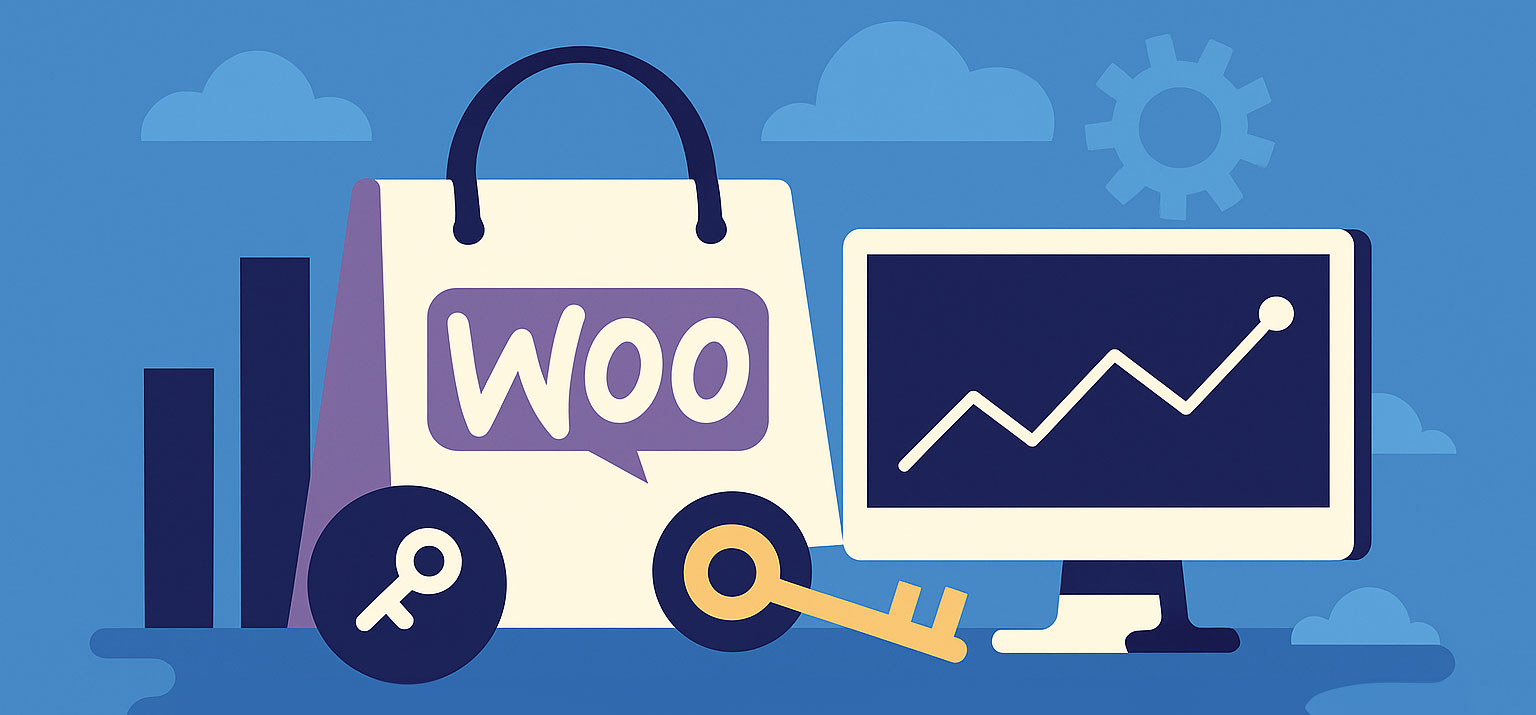
Published December 15, 2024
Unlocking Hidden WooCommerce Performance Tips
If you’re running a WooCommerce store, you probably know the basics of performance optimization, caching, image compression, and quality hosting. But once those are checked off, what’s next?
There’s a hidden layer of WooCommerce performance tuning that many developers and store owners miss. And if you want to scale your store without slowdowns or sales hiccups, it’s time to dig deeper.
At CheckView, we’ve seen firsthand how tiny inefficiencies in WooCommerce can lead to big problems, especially when you’re pushing hundreds of products, multiple payment gateways, or complex checkout flows.
Here’s a fresh batch of lesser-known but highly effective WooCommerce performance tips that can make a real difference.
🚫 1. Ditch the “All-in-One” Plugins (When You Can)
Multi-purpose plugins that “do everything” often load features sitewide, even when they’re not needed.
Tip: Audit large plugins using the Query Monitor or Asset CleanUp plugin. Identify and disable features you’re not using, or replace them with lighter alternatives.
Example: If your SEO plugin injects schema sitewide but you only need it on products, disable it globally and use custom templates for key pages.
📦 2. Disable WooCommerce Bloat for Logged-Out Users
WooCommerce loads several scripts and styles, even on non-commerce pages.
Solution:: Use a plugin like Disable WooCommerce Bloat or custom code to remove checkout and cart scripts from pages that don’t need them.
add_filter( 'woocommerce_enqueue_styles', '__return_empty_array' );⚙️ 3. Optimize WooCommerce Cron Jobs
By default, WooCommerce uses WP-Cron for scheduled tasks like:
- Stock syncing
- Subscription renewals
- Cart cleanup
But WP-Cron relies on random visitor triggers, which can delay or overload execution.
Tip: Disable WP-Cron and replace it with a real server cron job that runs every 5 minutes. This is more reliable and scalable.
define('DISABLE_WP_CRON', true);Set up the cron job in your hosting panel or with crontab.
🛒 4. Simplify Checkout—Even Behind the Scenes
Checkout is the most critical part of your store, and the most likely to break silently.
- Too many checkout fields? Use conditional logic to hide what’s not essential.
- Using multiple payment gateways? Lazy-load only the one in focus.
- Have custom validations or date pickers? Test them in multiple devices and browsers.
Pro Tip: Use an automated testing tool like CheckView to test your WooCommerce checkout flow daily. You’ll catch errors faster than waiting for a customer to complain.
📉 5. Reduce Query Load with Custom Product Loops
If your product pages or shop loop feels sluggish, the culprit is often the main WooCommerce query loading too much data.
Fixes:
- Set a default limit on product loops
- Disable related products (or make them static)
- Use object caching with Redis or Memcached
Bonus: Use a custom WP_Query loop and only load essential post meta fields.
🧪 6. Monitor With the Right Tools (and Alerts)
Performance isn’t just about speed, it’s about stability.
Use These:
- Query Monitor for debugging slow SQL or plugin load
- CheckView for end-to-end functional testing of product pages, carts, and checkout
- New Relic for deeper backend performance (if supported by your host)
Even if page speed scores look great, your store might silently fail during checkout—and you’ll only find out when conversions drop.
🔐 7. Watch for Third-Party Plugin API Slowdowns
If you rely on external APIs (for shipping, taxes, CRMs, or inventory sync), one delay can block your whole checkout process.
Check for:
- Delays in real-time shipping rates
- Payment token errors
- Tax services that time out during cart updates
Solution: Test external API performance and include fallbacks or loading spinners to keep users engaged. Better yet, use automated test flows to simulate these edge cases in a staging environment.
🧼 8. Clean Up Autoloaded Options and Transients
The WordPress wp_options table can get bloated fast, especially with plugins that save temp data or misbehave.
Tip: Use a tool like WP Optimize or manually query:
SELECT option_name, LENGTH(option_value)
FROM wp_options
WHERE autoload = 'yes'
ORDER BY LENGTH(option_value) DESC
LIMIT 20;Clean out anything unnecessary or from plugins you’ve removed.
🔁 9. Run Scheduled Test Checkouts in Staging
Set up scheduled WooCommerce test checkouts in a staging environment to simulate user flows nightly or weekly. This ensures:
- Payment methods are loading correctly
- Shipping rules are still valid
- Form fields haven’t been broken by an update
CheckView supports this directly, allowing you to run tests across any environment, production or staging, and be alerted the moment something changes.
Final Thoughts
Optimizing WooCommerce performance isn’t just about speed, it’s about reliability, scalability, and protecting your bottom line.
By going beyond basic speed tests and diving into backend behavior, automation, and conditional loading, you can create a site that doesn’t just look fast, it actually performs consistently where it matters most: at checkout.
Want to test if your WooCommerce store is running cleanly?
Try CheckView today and start catching issues before your customers do.